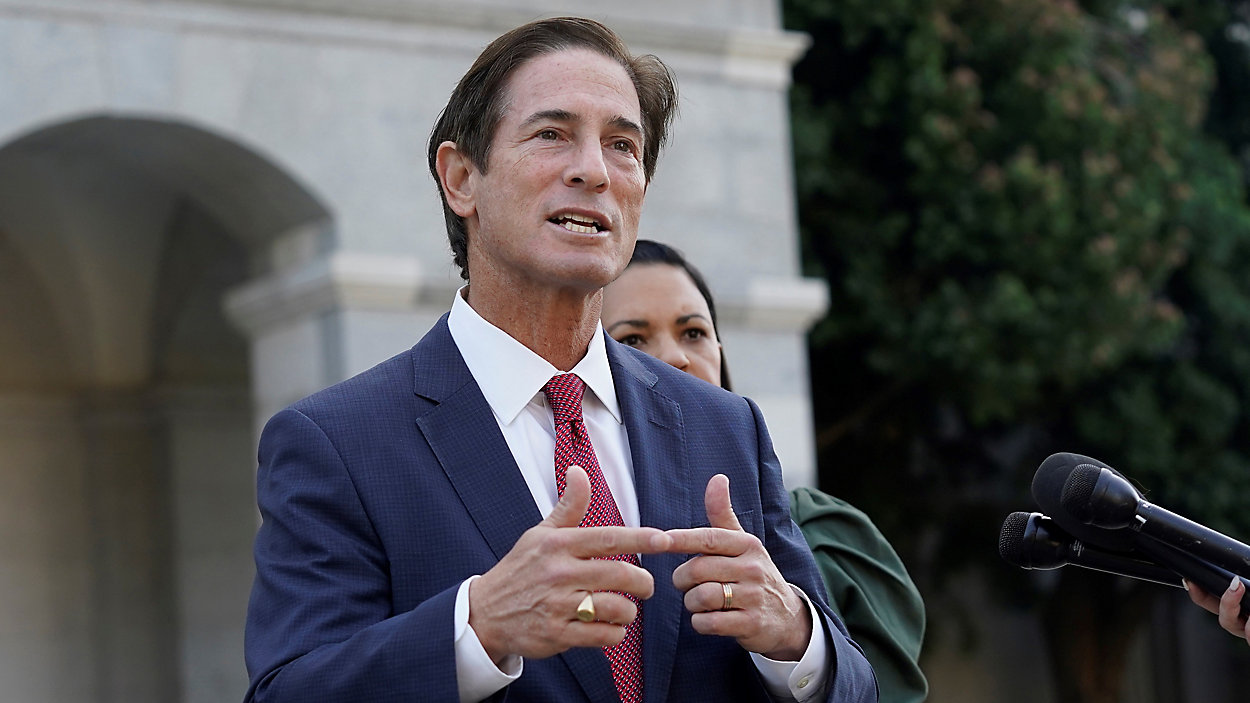Answers to frequently asked questions about the new senior tax deduction and how it affects tax planning in the coming years.
Highlights
The One Big Beautiful Bill Act (OBBBA) created a new tax deduction for seniors 65+ starting with the 2025 tax year, offering up to $6,000 for single filers and $12,000 for married couples.
Effective from 2025 through 2028, the temporary deduction presents a strategic window for tax planning, allowing practitioners to advise clients on income-producing moves like Roth conversions.
For tax preparers, the new deduction adds complexity through eligibility verification and new forms like Schedule 1-A, while reinforcing the standard deduction’s appeal for most seniors.
The One Big Beautiful Bill Act (OBBBA), signed into law in July 2025, set in motion a new tax break that could shift how seniors file their 2025 returns and plan for retirement income. The recently introduced senior tax deduction aims to provide additional relief to taxpayers age 65 and older.
Who qualifies? Does the deduction apply to 2025 taxes? Do seniors still have to pay taxes on Social Security? Today’s seniors are actively seeking answers to these questions and will rely on their accountants to provide guidance.
Understanding the phase-outs and the nuts and bolts of the new deduction will be key for tax professionals as they guide clients through the upcoming filing season.
Jump to ↓
What is the new Social Security tax deduction?
Does the senior tax deduction apply to 2025 taxes?
Do seniors still have to pay taxes on Social Security?
Tax planning strategies for seniors
Itemizing vs. standard deduction
What tax preparers should expect this filing season
What is the new Social Security tax deduction?
The OBBBA provides a new deduction capped at $6,000 annually for certain taxpayers age 65 and older, beginning in 2025. For married seniors who both qualify, they can claim up to $12,000. For higher-income taxpayers, the deduction phases out.
For single taxpayers with income over $75,000 and married filers with income over $150,000, it phases out at a 6% rate. That means, for every $1,000 in additional income over $75,000 for singles (or $150,000 for married seniors filing jointly), the deduction will decline by $60. It is fully phased out at $175,000 for single filers (or $250,000 for joint filers).
To claim the deduction, a taxpayer must be at least age 65 on or before the last day of the taxable year. Taxpayers must also include the Social Security number of the qualifying individual(s) on the return, and if married, they must file jointly.
“It is going to be very helpful for some of our senior taxpayers, but is it going to be a complete exclusion? No, it will not,” said Shaun Hunley, Executive Editor at Thomson Reuters. “In some cases, you may see some that are getting close to having no tax on their Social Security if that’s all they earn; if that’s the only income they have.”
President Trump, who has long promised to end the taxation of Social Security, hailed the deduction as “the largest tax break in American history for our nation’s seniors,” claiming it resulted in “no tax” on Social Security income for 88% (51.4 million) of all seniors receiving Social Security income. It’s a claim that has been met with some skepticism and concern.
For instance, the Committee for a Responsible Federal Budget (CRFB) warned that the OBBBA would accelerate Social Security and Medicare insolvency by a year, to 2032. The impacts would be indirect, said CRFB, namely by “reducing the revenue collected from the income taxation of Social Security benefits, which is deposited into the Social Security and Medicare trust funds.”
Does the senior tax deduction apply to 2025 taxes?
Under the OBBBA, taxpayers can claim the deduction if they are age 65 or older by December 31, 2025.
The new deduction is in addition to an extra additional standard deduction offered to taxpayers age 65 and older that predates the new OBBBA provisions. For 2025, the additional standard deduction is $2,000 for qualifying single filers or those who file as head of household. For married taxpayers filing jointly or separately, the extra standard deduction is $1,600 per qualifying individual.
Do seniors still have to pay taxes on Social Security?
In short, yes. For eligible seniors, the new senior deduction under the OBBBA can meaningfully reduce taxable income. However, it does not eliminate taxes on Social Security benefits.
The long-standing rule that up to 85% of Social Security benefits may be taxable remains in place. For those clients on the edge of the Social Security tax thresholds, the change may be noticeable; for those well below the thresholds, the impact will likely be minimal.
Tax planning strategies for seniors
With the new senior deduction in effect from 2025 through 2028, practitioners should approach tax planning conversations with an eye toward timing and seizing opportunities.
For practitioners with clients who qualify for the senior tax deduction and are not subject to phaseouts, the next few years could present an ideal window for income-producing moves such as Roth conversions.
“If they are taking full advantage, meaning they are not phased out of this deduction, this is probably a better time to make a Roth conversion. When you do that, you are going to trigger taxable income. Usually, from a planning standpoint, we try to do those conversions when you are in a lower tax bracket,” Hunley said.
Hunley added, “Especially if you are married filing jointly, you get a $12,000 extra deduction. I’m thinking now until 2028, this is probably the better time to look at those conversions and see if they would work out.”
Further strengthen your role as an advisor by communicating these strategies clearly, helping clients understand that while the deduction offers near-term relief, it also opens a tax planning opportunity that may not be available after 2028.
Itemizing vs. standard deduction
While the new senior deduction provides added relief for qualifying seniors, it generally won’t change the fundamental decision between itemizing and claiming the standard deduction.
“A lot of seniors are probably taking the standard deduction [versus itemizing] … just because it’s so high. For 2025, if you’re filing jointly, the standard deduction is $31,500, which is a really huge amount. On top of that, there is an additional standard deduction for senior citizens, and then, on top of that, there’s this new enhanced deduction for seniors,” said Hunley.
Hunley continued, “They could get up to $46,700 when combining all three deductions. That’s a huge amount, so I would say, overall, most seniors are probably taking the standard deduction, unless they have high medical expenses, because that’s an itemized deduction. Professionals just need to look at both [itemizing vs. standard deduction] and see what gives the client the best result.”
That said, the new deduction does add a layer of complexity to the filing process. Preparers will need to confirm each client’s eligibility (e.g., verifying age and Social Security number) and calculate modified adjusted gross income (MAGI) to determine whether the deduction applies in full or begins to phase out.
What tax preparers should expect this filing season
As the 2025 filing season draws near, practitioners are likely to encounter greater client interest and questions about the new Social Security senior tax deduction. It’s important to manage client expectations.
Tax preparers should review client data to determine eligibility and where clients fall within the phaseout ranges. With the rollout of Schedule 1-A, a new attachment to Form 1040 that reports all deductions created under the OBBBA, expect additional filing steps and slightly longer preparation times. Professional tax preparation software will be able to handle these new calculations.
Additionally, strengthen your role as a trusted advisor through client education. Proactively explain how this deduction ties in with the standard deduction, Social Security taxation, and broader income strategies such as Roth conversions.
Help your clients make the most of the temporary window through 2028 by staying up to date on the latest developments and additional bills targeting this topic. Check out the Thomson Reuters OBBBA Resource Center for help navigating the new Act this tax season.




























